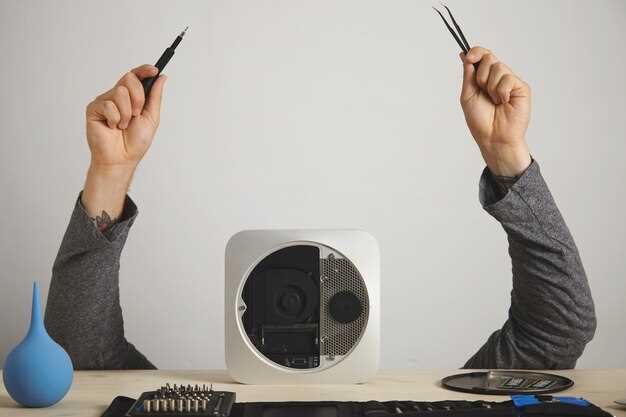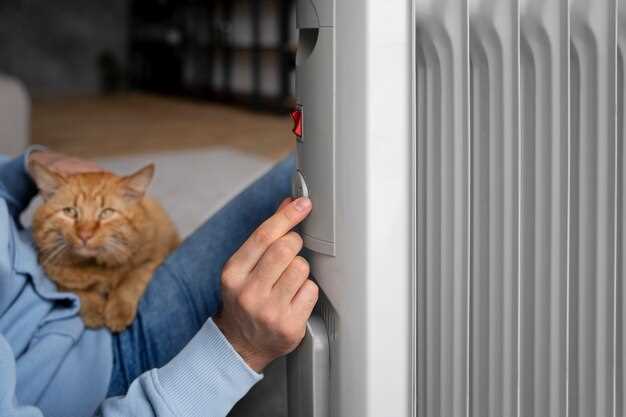
When embarking on a heating project, one of the most crucial decisions you will face is selecting the appropriate radiator. The right radiator not only ensures optimal heating efficiency but also contributes to the overall aesthetics and functionality of the space. With a myriad of options available, understanding the specific needs of your project is essential for making an informed choice.
The first step in this process involves considering the size of the area you intend to heat. Radiator size directly impacts its heating capacity; hence, it is important to calculate the heat output required for the given space. Factors such as room dimensions, ceiling height, insulation quality, and the presence of windows will influence the necessary BTU (British Thermal Units) rating. A properly sized radiator will maintain comfortable temperatures while minimizing energy consumption.
Along with size, the type of radiator plays a significant role in your project’s success. Options range from traditional cast iron radiators to modern electric and towel radiators. Each type comes with its own set of advantages and ideal use cases. For instance, while cast iron radiators offer a timeless charm and retain heat for extended periods, electric models provide flexibility and are ideal for spaces lacking central heating systems. Assessing the specific requirements and design of your project will guide you in selecting the most suitable type.
In addition to practical factors, don’t overlook the design and aesthetic aspects of radiators. They can serve as a statement piece or blend seamlessly into the background of your space. Contemporary models come in various finishes, shapes, and styles, allowing you to tailor your choice to the overall decor while also maximizing functionality.
By taking the time to evaluate these critical components–size, type, and design–you can confidently choose the right radiator that not only fulfills heating demands but also enhances the appeal of your project. Remember, the right choice today will lead to a comfortable and aesthetically pleasing environment for years to come.
Understanding Different Types of Radiators: Pros and Cons
When selecting a radiator for your heating project, it’s essential to understand the various types available, each with its unique advantages and disadvantages. This knowledge will help you make an informed decision that best suits your needs.
1. Traditional Panel Radiators
These are among the most common types of radiators. They are typically made of steel and feature a flat panel design.
Pros: They are efficient at heating spaces quickly, easy to install, and available in various sizes and styles. They also have a smooth surface, making them easy to clean.
Cons: They may take longer to cool down once the heating is turned off, leading to potential heat loss. Additionally, they can be less effective in larger rooms without sufficient radiators.
2. Column Radiators
Column radiators offer a more traditional aesthetic and are made up of multiple vertical columns that allow for efficient heat distribution.
Pros: They provide an attractive vintage look and can hold more water, enhancing their heat retention. They also heat up relatively quickly and are suitable for both modern and classic interiors.
Cons: They can be more expensive than panel radiators and may require more space due to their bulkier design.
3. Towel Radiators
These radiators serve a dual purpose as both a heating element and a towel drying solution, commonly placed in bathrooms.
Pros: They effectively heat smaller spaces and keep towels warm and dry. They come in various designs, fitting seamlessly into bathroom decor.
Cons: Their heating capacity is typically lower than traditional radiators, which may not be sufficient for larger areas. Additionally, installation can be more complex if they are connected to hot water systems.
4. Electric Radiators
Electric radiators operate independently from central heating systems, using electricity to generate heat.
Pros: They are easy to install, allowing for flexible placement in any room. They offer precise temperature control and can be used in remote areas where central heating is not available.
Cons: Operating costs can be higher, depending on electricity prices. They may not provide sufficient heat during extreme cold without supplemental heating sources.
5. Hydronic Radiators
Hydronic radiators utilize hot water circulating through pipes to provide heat, working efficiently in conjunction with a boiler.
Pros: They offer consistent heating and lower operating costs over time, as water heating is generally more efficient than electric heating. They are often more environmentally friendly.
Cons: Initial installation costs can be high, and retrofitting them into existing homes may involve significant renovations. They also rely on a central heating source, which may not be feasible in all situations.
In conclusion, understanding the pros and cons of different radiator types allows you to assess which option aligns best with your heating needs, budget, and aesthetic preferences. Consider factors such as efficiency, space requirements, and installation costs when making your choice.
Calculating Heating Needs: How to Choose the Right Size

Selecting the appropriate radiator size is crucial for ensuring optimal heating in any space. To achieve this, you must first calculate the heating needs of your area. This involves determining the required British Thermal Units (BTUs) necessary to maintain a comfortable temperature.
Begin by measuring the dimensions of the room: length, width, and height. Multiply these figures to obtain the total volume in cubic feet. Standard calculations typically assume that you need about 20 BTUs per square foot of heated space. However, this estimate can vary based on factors such as insulation quality, window size, external walls, and room usage.
Next, consider the insulation quality. Well-insulated rooms may require fewer BTUs, while poorly insulated spaces or those with large windows may need a higher BTU output. For example, if your room has single-pane windows, you might increase your BTU estimate by 10-20% to compensate for heat loss.
Other elements to factor in include the climate of your region and how frequently the room is used. Spaces that are used often or are subject to colder temperatures may benefit from a higher BTU radiator. Additionally, consider the room’s purpose; kitchens and bathrooms may need more heat due to factors such as humidity and external influences.
Once you calculate your total BTU requirement, consult manufacturer specifications when selecting a radiator. Most radiators will display their BTU output. Choose a model that meets or slightly exceeds your calculated needs to ensure efficiency and comfort, allowing for flexibility in varying conditions.
By accurately assessing your heating requirements, you can effectively choose the right radiator size, leading to improved heating performance and energy efficiency in your project.
Material Selection: Comparing Aluminum, Steel, and Cast Iron

When selecting the right radiator for your project, understanding the differences between materials is crucial. The three most common options are aluminum, steel, and cast iron, each offering unique benefits and drawbacks.
Aluminum radiators are lightweight and have excellent thermal conductivity, allowing for rapid heating and cooling. They are highly resistant to corrosion, making them suitable for various environments. However, aluminum can be less durable than other materials, especially under physical stress. Some manufacturers offer aluminum models with enhanced strength, which can mitigate these concerns. Additionally, aluminum radiators are often aesthetically pleasing, available in various designs to match modern interiors.
Steel radiators are known for their robustness and strength. They have a higher heat output compared to aluminum and are less prone to bending or denting. Steel can be finished in various ways, allowing for a range of aesthetic choices. However, they are heavier than aluminum and may require more support during installation. Steel is also susceptible to rust if not properly coated, making it essential to consider the environment in which they will be used.
Cast iron radiators are renowned for their durability and longevity. They provide a slow and steady heat release, ensuring warmth over extended periods, which can be beneficial in larger spaces or during colder seasons. Cast iron has a classic appearance and can be a significant style element in traditional settings. However, they are the heaviest of the three options and require careful installation to support their weight. Additionally, cast iron takes longer to heat up compared to aluminum or steel, which may lead to less efficient operation in certain applications.
In summary, the choice between aluminum, steel, and cast iron radiators depends on your specific project requirements. Consider factors such as weight, heat output, design preferences, and environmental exposure to determine the best fit for your needs.


